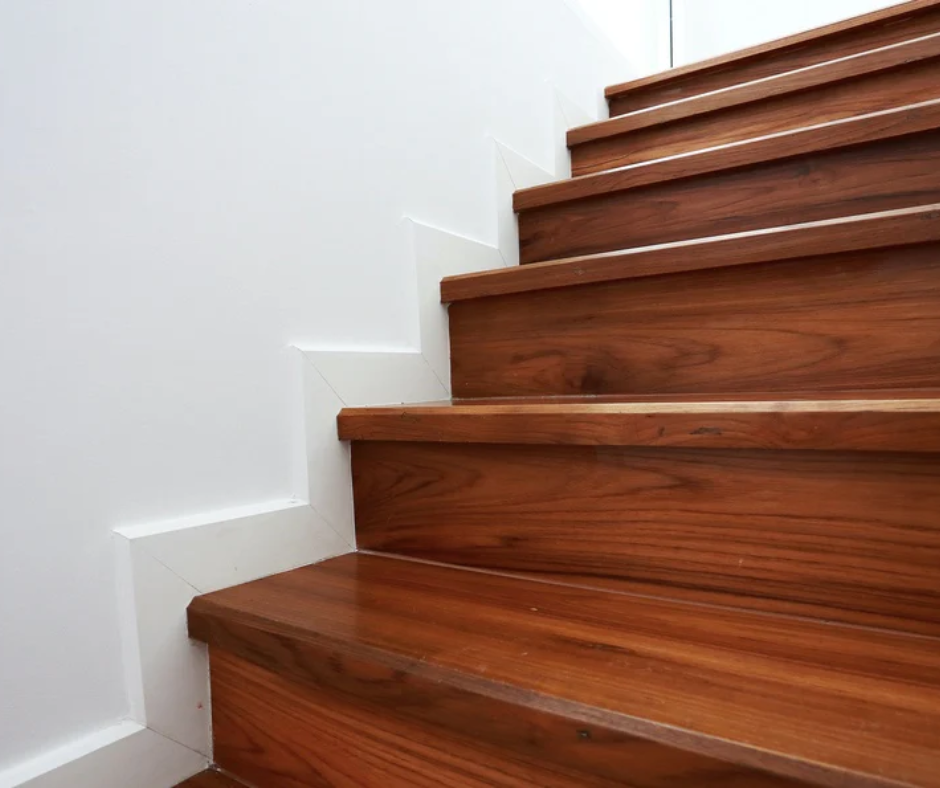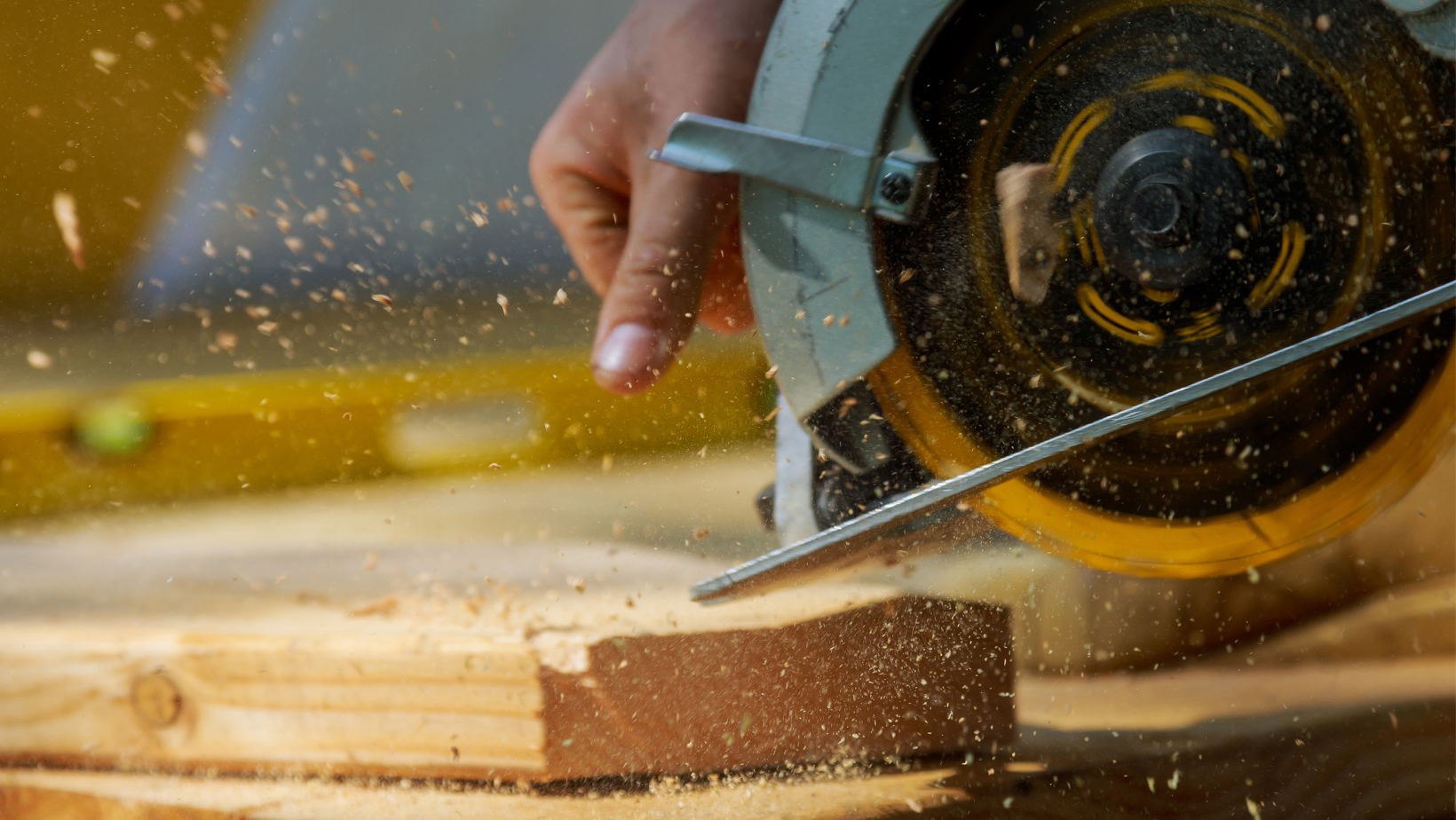Secure step stair treads are essential for preventing slips, reducing noise, and extending the lifespan of your stairs.
Whether you're installing carpet, wood, or outdoor treads, securing them properly ensures a safe and durable staircase.
In this guide, you'll learn the best methods—using adhesives, fasteners, and non-slip solutions—to keep your stair treads, including options like carpet stair treads, firmly in place.
By the end, you'll have the knowledge to choose the right installation method for your needs, ensuring long-lasting safety and style in your home.
To Secure Step Stair Treads of Different Types:
To secure carpet stair treads: Use double-sided tape, tack strips, or carpet adhesive.
These methods provide varying levels of security, from temporary fixes to long-term solutions.
Choosing the best option depends on the traffic volume and how often you plan to replace the treads.
For wood stair treads: Secure them with nails, screws, heavy-duty adhesive, or mechanical fasteners.
Wood treads require a strong hold to prevent shifting or creaking underfoot.
Using a combination of adhesive and fasteners creates a more durable and noise-free installation.
How to Secure Carpet Stair Treads
Carpet stair treads make stairs safer and quieter by adding a non-slip surface.
They also protect the original stair material from damage, extending its lifespan.
If installed properly, carpet stair treads can enhance comfort while reducing foot traffic noise throughout the home.
Here’s how to secure carpet stair treads:
Double-Sided Tape: This is a fast, simple fix for temporary installations.
-
Apply tape along the edges and down the middle of the tread’s underside.
-
Press the tread firmly to make sure it sticks to the stair surface.
-
This method works best for low-traffic areas or renters who need a non-permanent solution.
Tack Strips: These offer a stronger grip than tape and last longer.
-
Nail or screw the tack strips to the back edge of each stair tread.
-
The strips hold onto the carpet fibers to keep the tread in place.
-
Tack strips prevent the treads from curling or shifting, ensuring consistent placement over time.
Carpet Adhesives: For a secure and long-lasting hold, use a strong carpet adhesive.
-
Spread the adhesive evenly on the back of the tread.
-
Press the tread down firmly to create a tight bond.
-
This option works best for high-traffic stairs and provides a more permanent, slip-resistant solution.
Each method has benefits depending on how much traffic the stairs get and how often you plan to replace the treads.
Selecting the right installation method ensures the best balance of safety, durability, and ease of maintenance.
Proper care and installation also preserve the visual appeal of your staircase over time.
How Do You Keep Outdoor Stair Treads in Place?
Outdoor stair treads need extra protection from weather, moisture, and wear.
If not properly secured, rain and snow can cause them to shift, making stairs slippery and unsafe.
The best installation method prevents water damage, fading, and early wear.
Here’s how to keep them from slipping or coming loose:
Heavy-Duty Adhesives: Use weatherproof adhesives that can handle rain, snow, and temperature changes.
-
Choose an adhesive rated for outdoor use to ensure a strong bond.
-
Apply evenly to the underside of the tread for maximum grip.
-
Waterproof adhesives help protect against mold and mildew buildup.
Non-Slip Backing: Choose treads with built-in non-slip backing or apply a grip-enhancing coating to both the stair and tread.
-
This prevents the treads from shifting when exposed to moisture.
-
Look for materials designed for outdoor durability, such as rubberized backing.
-
Non-slip coatings also enhance traction, making stairs safer during rainy or snowy conditions.
Mechanical Fasteners: Use rust-resistant screws or nails to anchor the treads.
-
This ensures they stay put even in harsh weather.
-
Make sure fasteners are corrosion-resistant to avoid rust stains on your stairs.
-
Secure fasteners in multiple spots to prevent corners from lifting over time.
Regular checks and maintenance will keep your outdoor stair treads secure year-round.
Inspecting them seasonally helps you catch early signs of damage or loosening.
With the right installation, your stairs remain safe and visually appealing in all weather conditions.
How Do You Secure a Loose Stair Tread?
A loose stair tread is a serious safety hazard.
It can cause trips, falls, and even long-term damage to the staircase structure.
Fixing it quickly prevents accidents and further damage.
Step 1: Find the Problem
-
Look for loose fasteners or gaps between the tread and stair structure.
-
Check for signs of moisture damage or warped wood, which could be weakening the tread.
-
Identifying the root cause ensures a more effective repair.
Step 2: Secure with Fasteners
-
If old nails or screws have come loose, replace them with larger, stronger fasteners.
-
You can also add extra screws or nails for a tighter fit.
-
If using screws, drill pilot holes first to prevent wood from splitting.
Step 3: Use Adhesive for Extra Hold
-
Apply strong wood glue where the tread meets the riser or stringer.
-
Clamp the tread down until the glue fully dries for a solid bond.
-
Using both glue and screws ensures the tread stays in place long-term.
Fixing loose treads as soon as possible makes your stairs safer and more durable.
Regularly inspecting each step helps catch minor issues before they turn into major repairs.
A properly secured tread will last longer and reduce noise when walking.
Stepping It Up
Securing stair treads correctly is important for both safety and long-term durability.
When stair treads are installed properly, they improve both function and appearance.
Using the right securing methods helps maintain the structural integrity of your staircase over time.
No matter if your stairs are indoor or outdoor, carpeted or wooden, using the right securing methods will help prevent slips and keep your stairs in top shape.
With the correct materials and techniques, you can avoid costly repairs and create a safer home environment.
By choosing the best installation techniques and performing regular maintenance, you can enjoy safe, sturdy, and stylish stair treads for years to come.
Enhance Your Stairs with Style and Safety
Upgrading your staircase doesn’t have to be complicated.
At Oak Valley Designs, we offer high-quality carpet stair treads, landings, and hallway runners designed to add both style and safety to your home.
Whether you're looking for a non-slip solution or want to enhance the look of your space, our expertly crafted designs provide a seamless fit for any home.
Our team is here to help you find the perfect stair solution for your needs.
If you have any questions or need guidance on selecting the right product, reach out to us—we’d love to assist you.
-
Website: https://oakvalleydesigns.com/
-
Phone: 706.331.0315
-
Email: info@oakvalleydesigns.com
-
Address: 30 River Ct SW Bldg E, Cartersville, GA 30120




